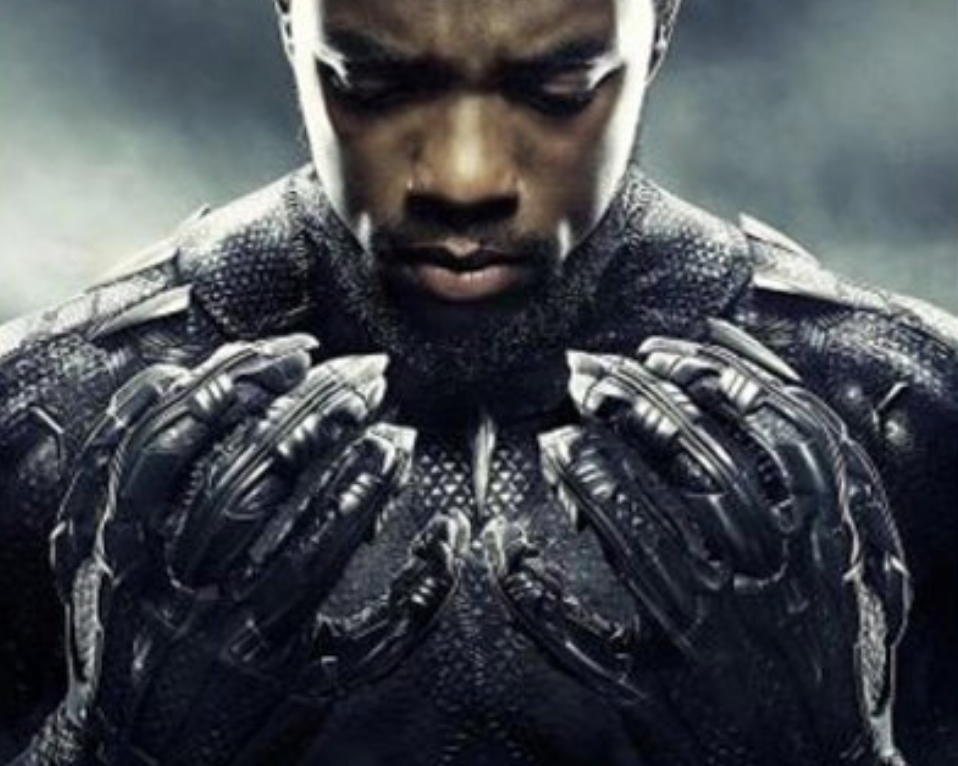Anyone who has looked at Christmas cards knows where to find Joseph in a typical manger scene.
Just look for the humble, gray-haired man standing near the edge of the heavenly glow that surrounds Mary and the Christ child. In ancient Nativity icons, St. Joseph the Betrothed usually appears huddled in the foreground while Satan, in disguise, tempts him to doubt and despair.
Joseph is a major character in this drama, yet he remains a mystery. While filming the movie called "The Nativity Story," actor Oscar Isaac visited the Vatican and studied a tapestry of the manger scene. He kept asking himself the question actors always ask when trying to play historical figures: "What was he thinking?"
"That's the thing," said Isaac, during press events before the film's Dec. 1 release. "Joseph didn't know what to expect. I was having trouble as an actor, saying, 'How can I play that I am going to have the Son of God? I don't know what that means. It doesn't make any sense.'
"Then I realized that this was exactly what Joseph was going through."
For decades, Mary has received lots of screen time in traditional Hollywood movies dealing with the life of Jesus. New Line Cinema's attempt to create a new biblical epic is unique in that Joseph receives as much attention as Mary. Joseph's trials, doubts and decisions drive the plot.
The problem is that biblical accounts offer little information about St. Joseph, other than his standing as a "just man" from the House of David who lived in Nazareth. He is an important figure in the Nativity narratives and he was alive when Jesus was 12 and the family visited Jerusalem. According to early church traditions, Joseph was a widower who already had children – who are mentioned in the New Testament as brothers and sisters of Jesus.
Joseph was older than Mary, but it's hard to know much more than that, said screenwriter Mike Rich.
"In the research that I did ... I quickly found that if you talked to 12 theologians about Joseph then you'll probably get 12 different stories," said Rich. "The age range that I was given in my research was everything from 25 to 90. ... I don't think there would have been a wrong decision, because of the disparity in all the viewpoints. So we just decided to go younger."
The 27-year-old Isaac, meanwhile, turned to a volume of history entitled "The Life and Times of Jesus Messiah" for clues into his character's background. Joseph is a Jewish carpenter betrothed to a girl who says an angel has told her she will give birth to the Son of God. What does that mean? Will people in Nazareth stone her? Will Mary die while giving birth? Will this be a normal child? Will legions of angels show up and begin an apocalyptic war with the Romans?
It's crucial to remember that an angel visited Mary, while Joseph had a dream reassuring him that she was telling the truth. It's safe to assume that most men – when asked to risk life, limb and reputation – would prefer to talk to an angel face to face, rather than rely on a mere dream, said Isaac.
"Just because God came to him in a dream didn't mean that he wasn't thinking, 'I hope that I didn't make that up. I hope that I heard God correctly,' " he said. "I think that he constantly, even up until the end, is grappling with his feelings."
The whole story changes if Joseph rebels, noted Isaac, who is Guatemalan by birth, but grew up in a multi-ethnic evangelical Protestant family in Miami. It's easy to assume that God would have found some other way. But someone had to take claim the responsibility of protecting Mary and helping raise Jesus.
Joseph is a pivotal figure, yet a humble saint who rarely receives much attention.
"There is this very interesting psychological character study here," noted Isaac. "How does a man share the woman he loves with God? That's what he has to do. He loves God with all of his heart and he loves this woman, selflessly. ... He can't just live in this little house that he's building in Nazareth. He has to, literally, share this woman. How do you wrap your mind around that as a man?"







